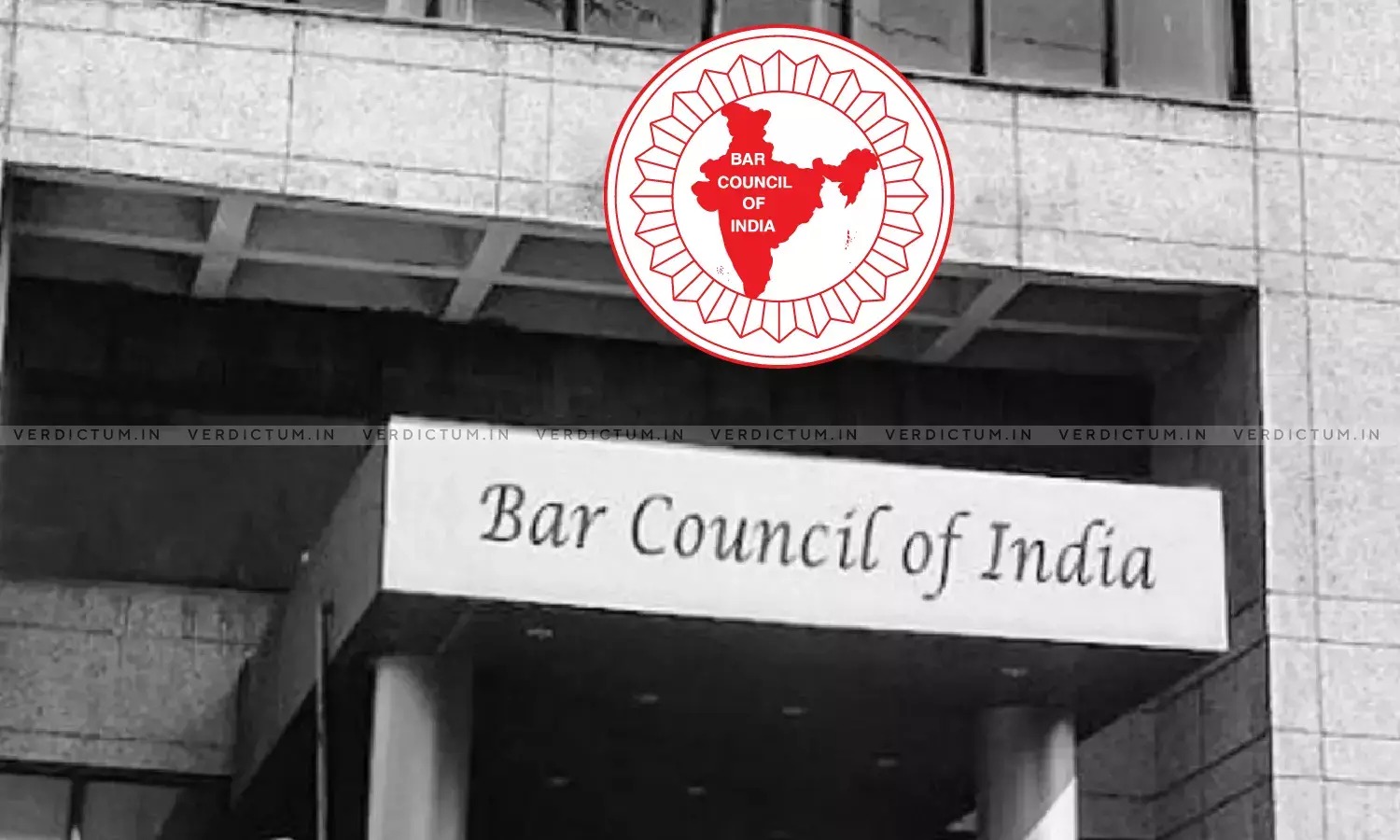H.K. Chainani, C.J.@mdashIn these three cases the Bombay Revenue Tribunal has taken the view that for the purposes of the proviso to Sub-section (I) of Section 38E of the Hyderabad Tenancy and Agricultural Lands Act, the holding of a deceased Muslim will after his death be treated as one unit, unless it is divided by metes and bounds and the shares of his heirs in it separated. The correctness of this view is being challenged before us.
2. In the first two cases, the lands in dispute belonged to Dadamiya, the father of the two petitioners, and his brother Abdul Gafoor. Dadamiya died some time in 1947, leaving behind the petitioners and another son, six daughters and two wives. The first opponents in the two petitions are the tenants of these lands. They were provisionally declared to have become the owners of the lands after the issue of a notification by the State Government under Sub-section (1) of Section 38E of the Act. The petitioners objected to these declarations. They contended that after the death of their father, they and his other heirs held the lands as tenants-in-common, that each of them was the owner of only his share in the lands, that this was less than two family holdings, and that, consequently, the tenants could not be declared to be the owners of the lands. These arguments were not accepted by the Revenue Tribunal. The Revenue Tribunal followed the decision of a Special Bench of the Revenue Tribunal in another case, in which it had been held that where the lands left by a deceased Mahomedan had not been divided by metes and bounds by his heirs, all the lands should be treated as one unit for the purposes of the proviso to Sub-section (1) of Section 38E.
3. In the third application, the land belonged to the father of the petitioner. He died leaving behind the petitioner and other heirs. The petitioner also objected to the declaration made in favour of the tenant on the ground that his share in his father''s holding was less than two family holdings. This objection was overruled.
4. It has been contended before us that the view taken by the Revenue Tribunal is not correct, that under Mahomedan law the heirs of a deceased Muslim do not form a joint family, that each one of them is the owner of only his particular share, that they cannot, therefore, be said to be the owners of the whole holding and that, consequently, the share of each heir should be considered separately for deciding whether the tenant is entitled to purchase the lands, Sub-section (1) of Section 38E states that notwithstanding any law for the time . being in force or any custom, usage, decree, contract or grant to the contrary, the Government may, by notification in the Official Gazette, declare in respect of any area and from such date as may be specified therein that ownership of all lands held by protected tenants which they are entitled to purchase from their landholders in such area shall stand transferred to and vest in the protected tenants holding them and from such date the protected tenants shall be deemed to be the full owners of such lands. The first proviso to this sub-section states that the transfer under this sub-section shall he subject to the condition that the extent of the land remaining with the landholder after the purchase of the land by the protected tenant, shall not be less than twice the area of a family holding. Under these provisions, therefore, a tenant becomes the owner of the land, which he is entitled to purchase under the provisions of the Act, subject to the condition that the land left with his landholder is not less than twice the area of a family holding. Sub-section (1) of Section 38 lays down what lands a tenant is entitled to purchase from his landholder. This sub-section provides that a protected tenant shall be entitled to purchase the landholder''s interest in the land held by the former as a protected tenant or, as the case may be, ordinary tenant. The proviso to this sub-section states that where such tenant is an ordinary tenant and the landholder is a minor, a widow, a person serving in the armed forces, or a person subject to any physical or mental disability, such tenant shall be entitled to purchase the landholder''s interest after the expiry of two years from the date specified in this proviso, The Explanation to this sub-section states that where land is held by a tenant under two or more joint landholders, the proviso to Sub-section (1) shall not apply if at least one joint holder is outside the categories specified in the said proviso. This Explanation, therefore, deals with the case of joint holders, that is, where the land is held by more than one person and where one of the holders belongs to one of the categories mentioned in the proviso. The Legislature, therefore, also contemplated cases in which the land is held by more than one person. In such cases also the section will apply and the tenant is entitled to purchase the interest of all the joint holders, because they together are his landholders. Even if one of the joint holders is a widow or belongs to one of the other categories mentioned in the proviso, the tenant will be entitled to purchase the shares of all of them in the land, if at least one joint holder is outside the categories specified in the said proviso.
5. It is, therefore, clear that in cases in which the land is held by more than one person, they together constitute the "landholder". u/s 38E the tenant becomes the owner of the entire land held by him, i.e. of the shares of all the joint holders in it, subject to the condition mentioned in the proviso to Sub-section (1) of Section 38E. This proviso requires that the land left with the landholder shall not be less than two family holdings. Where the land is held by several persons, all of them are landholders and the extent of land left with all of them together will have to be taken into consideration for deciding whether it is less or more than two family holdings. In other words, the tenant will be entitled to purchase the land, unless it is shown that the total area of the lands remaining with all the joint holders is less than the area of two family holdings.
6. This will be the position, whether the joint holders are Hindus or Muslims or belong to any other community. If they are Muslims, they hold the land as tenants-in-common and each one of them has a specified share or interest in it. But until the land has been divided by metes and bounds, none of them can be said to be the owner of any particular part of the land. The land belongs to all of them jointly and they together are its landholders. No one of them can say that any particular part of the land belongs to him or that he is the landlord of any specified portion of it. Every one of them has an interest in every part of the land. In such a case, the "landholder" within the meaning of the proviso to Sub-section (1) of Section 38E, would mean all the joint holders together. For the purpose of this proviso, therefore, the lands inherited or held by all of them will have to be taken into consideration for determining whether they do not exceed twice the area of a family holding. It may also be noted that the proviso does not say that where there are two or more joint holders, the land left with each one of them should be equal to two family holdings.
7. The position would be different where the holding left by the deceased has been divided by metes and bounds. In that case each heir will be the owner and landlord of a particular or specified part of the holding. He will have no share or interest in any other part of the holding. Consequently, in such a case the right of purchase of the tenant will have to be considered separately for each portion of the land or holding held separately.
8. In our opinion, therefore, the view taken by the Revenue Tribunal is correct.
9. The rule in each application will, therefore, be discharged. No orders as to costs.

